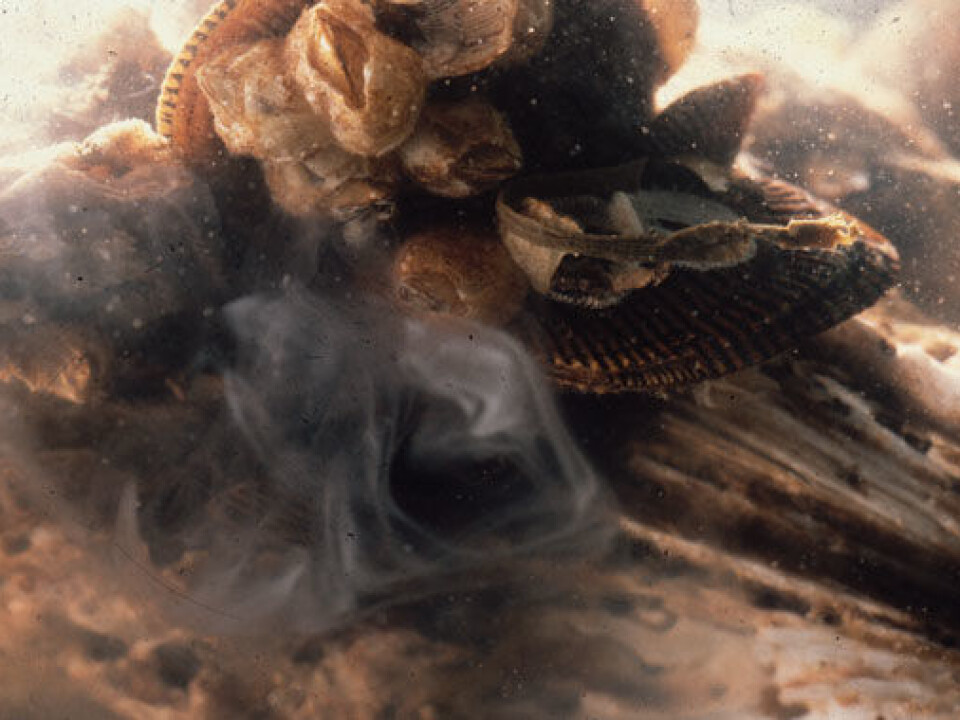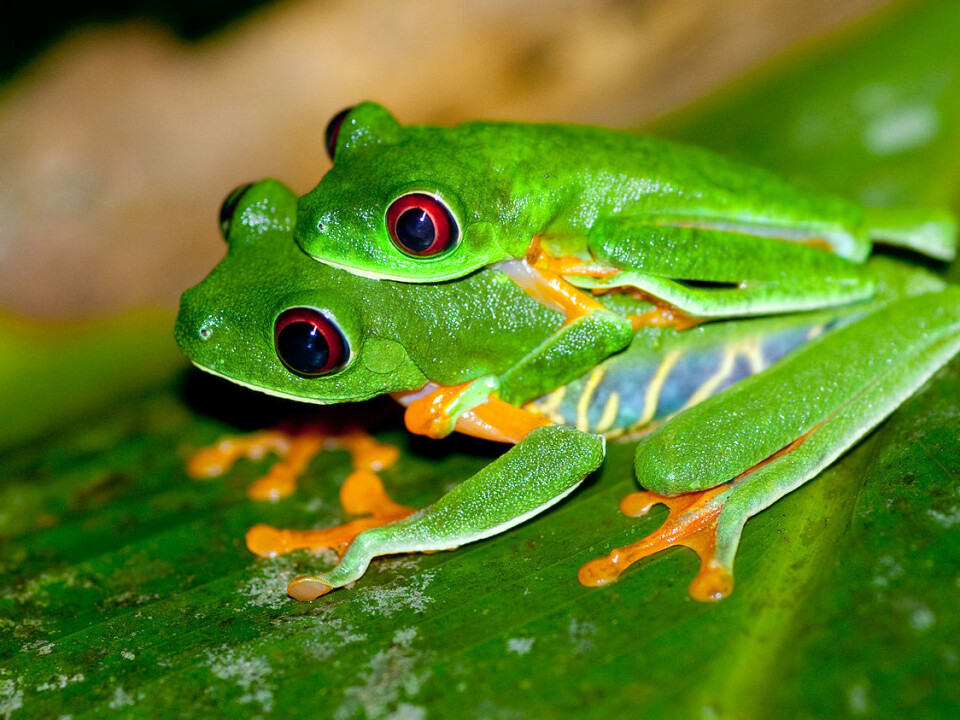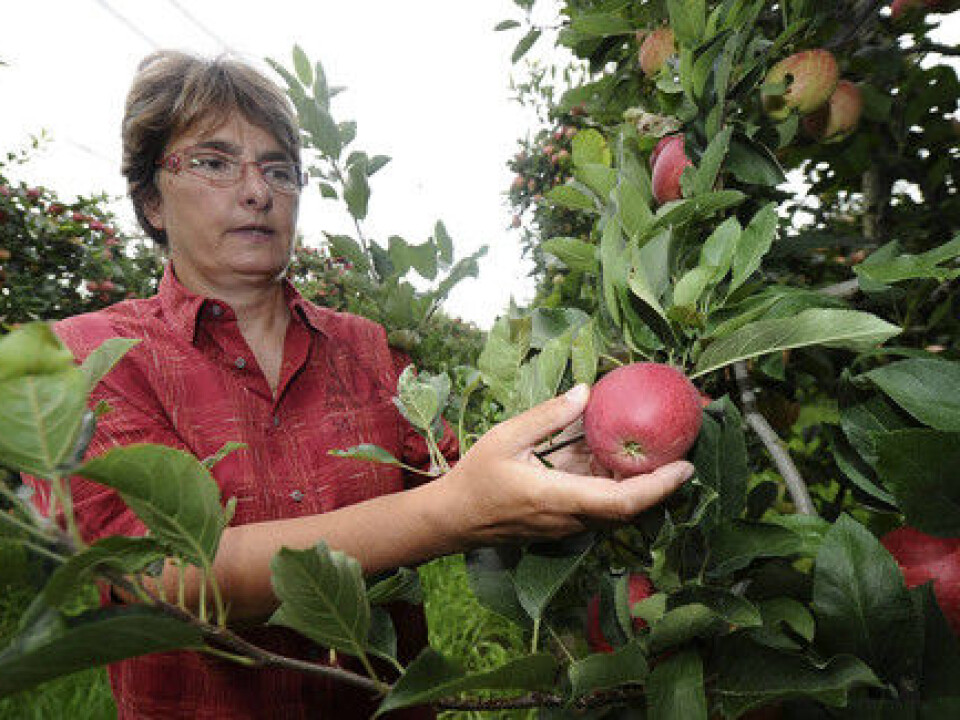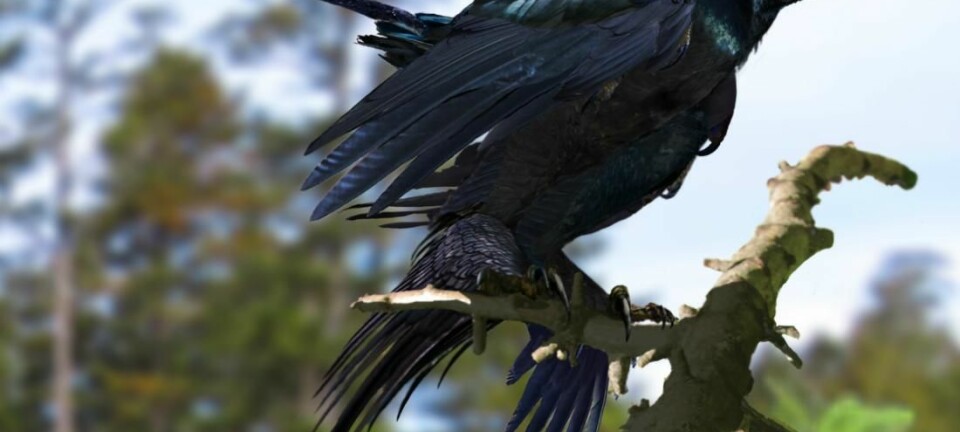
Your guide to sex in the wild
Oysters do it, humans do it and fish do it – even plants do it. We all have sex to ensure the survival of our species. Here's a look at the evolution of this blissful activity.
Sex is everywhere – you can’t escape it. Animals and plants literally throw their semen around in the hope that their genes will be passed on.
Some males are targeted in their fertilisation of the females, others are not. And then there are some who choose to be both male and female, and thereby avoid having to pay for expensive dates.
Nature has found a multitude of ways for animals to engage in this joyful activity. But the way in which animals have sex pales in comparison to how plants design their sexual escapades in the wild. The plants have really managed to make it interesting.
But before we get that far, let’s go back to the beginning.
Oysters did it the primitive way

Between 3.5 and 0.5 billion years ago, there were only one-celled organisms. That was before Nature had opened its eyes to the pleasures of the flesh, and the earliest organisms didn’t have much fun.
Strictly speaking, these unicellular organisms may otherwise well have different genders, but it wasn’t until later in their development that sex entered their lives.
Some 500 million years ago there was an explosion in the number of multicellular organisms, and this created new opportunities for having sex.
One of the most primitive forms of sex seen today can be found in animals that live on the seabed.

These animals can produce both eggs and sperm (they’re hermaphrodites) and spit their eggs and sperm into the water, hoping that some of them will mix with eggs and sperm from their fellow species.
But although this may seem like an easy way to mix genes, it’s not the optimal way.
“There is a general problem when you don’t control which sperm end up with which eggs,” says Professor Freddy Bugge Christiansen, of Aarhus University’s Bioinformatics Research Centre (BIRC).
“For benthic vertebrates [those that live on the seabed], there is a risk that their own sperm and egg cells end up mixing with each other. This creates inbreeding and does not promote the spread of their own genes.”

But there are solutions, he adds. An oyster, for example, can overcome this problem by only producing one kind of gamete [a mature reproductive cell, such as a sperm or an egg].
In their youth, oysters are male, producing only sperm. But when they get older, they turn into females and only discharge eggs.
Trout divide the genders
The arrival of fish in the seas, however, marked the end of this hermaphroditism. At this point the gametes were divided into two differently gendered animals, which were mutually interdependent.
But the development of two separate sexes didn’t automatically lead to sex.

Despite the gender division, there are still some fish species that have yet to find the joys of close body contact between the two sexes.
Take the trout, for instance. Here the female spawns, after which the male spreads his semen over the female’s eggs, which lie among the pebbles at the bottom of a river. Although the gametes are divided into two genders, there hasn’t been much development in the bottom fauna.
One step up the ladder from benthic invertebrates and trout, we find fish such as guppies and eelpouts. Here the two genders mate, and the male sprays his sperm into eggs inside the female’s belly.
“This is outright sex between males and females,” says Christiansen. “This activity is repeated and becomes more refined as we get further up the evolutionary ladder.”

After the fish come frogs and other amphibians. Here the mating becomes a bit more focused. The male clings onto the female’s back and spreads his sperm over her eggs as she lays them. The sex act still leaves a lot to be desired for the frogs.
“Although mating between amphibians is a step in the right direction, this is still a case of external fertilisation in the water,” says the researcher.
Reptiles do it almost like humans
It’s not until the arrival of reptiles that the act starts to resemble sex as we know it. Reptiles introduced a precursor to mammalian fertilisation inside the female after which she lays her eggs.
“Internal mating applies to birds, mammals and reptiles. In mammals, there is the added characteristic that the development of the foetus also takes place inside the female,” says Christiansen.
As we can see, there are many different paths to good sex. One thing, however, applies to all animals: there are only two sexes, although some species have the ability to be both in the same individual.
Nevertheless, Nature has been kind enough not to confuse us any further by throwing yet another sex or more into the sex act.
In plants, however, things are a bit different. Here it seems that Nature has been slightly more humorous when designing the genders.
Most plants are hermaphrodites
As in animals, plants consist of males, females and hermaphrodites.
The bog myrtle bush, which is used to make sweet gale schnapps, is divided into male and female bushes. The bushes wind-pollinate one another with their genetic material, in the shape of pollen, being blown from a male to a nearby female.
Most plants, however, are hermaphrodites and have both styles containing eggs, and ovules and stamens with pollen on their surface, corresponding to animal sperm.
“The problem for the hermaphroditic plants is that as benthic invertebrates in the sea they are at high risk of self-fertilisation,” says the researcher.
“To combat this, Nature has furnished many of them with a system that makes sure that self-pollination doesn’t lead to fertilisation. The system is designed in much the same way as our X and Y chromosomes.”
This system is necessary as it applies to plants in the same way as for animals that self-fertilisation in time will lead to inbreeding and a genetic accumulation of harmful mutations – hence the need for external genetic input.
Two genes prevent self-fertilisation
The system that prevents self-fertilisation is controlled by two genes, which are located so closely together that they are inherited as if they were a single gene.
One of the genes produces proteins in the style, while the other one creates proteins in the stamen. The system works by the protein in the style recognising the protein on the surface of the stamen’s pollen.
If the two genes match, the pollen remains on the surface of the style, and there is no fusion between the pollen and one of the style’s egg.
A plant species often has many different versions of the gene pair that prevents self-fertilisation. So one could say that some plants not only have two genders, but many – even more than a hundred different ones.
Gametes from the same sex cannot fertilise each other, but instead there are many other genders that the plants can share genes with.
“Apple trees are a good example of plants that have this arrangement,” says Christiansen.
“Apple trees are generally self-sterile, which is why it’s a good idea to have different varieties of apple trees if you want them to grow fruits. By planting different varieties of at least two different genders, you ensure a good harvest.”
Virgin Births are no good in the long run
So sex is all around us. Evolution has shown that species that reproduce sexually have become prevalent, at least among the multicellular organisms.
ome species, however, may occasionally abandon all desires for intimate interaction with another gender and instead opt for ’doing it themselves’.
Animals and plants can lose the sexual reproduction and reproduce by virgin birth and self-pollination. These relapses are usually young seen in an evolutionary perspective, so these losses are not long-lasting, even though it may sound like a good idea to have children on your own.
”It’s a question of balancing the advantages and disadvantages, but sexual reproduction has come to stay,” says Christiansen. “Sexual reproduction has created many new opportunities for development. The unfortunate consequences are that we all need to run around looking for someone to have sex with.”
-------------------------------
Read this article in Danish at videnskab.dk
Translated by: Dann Vinther






